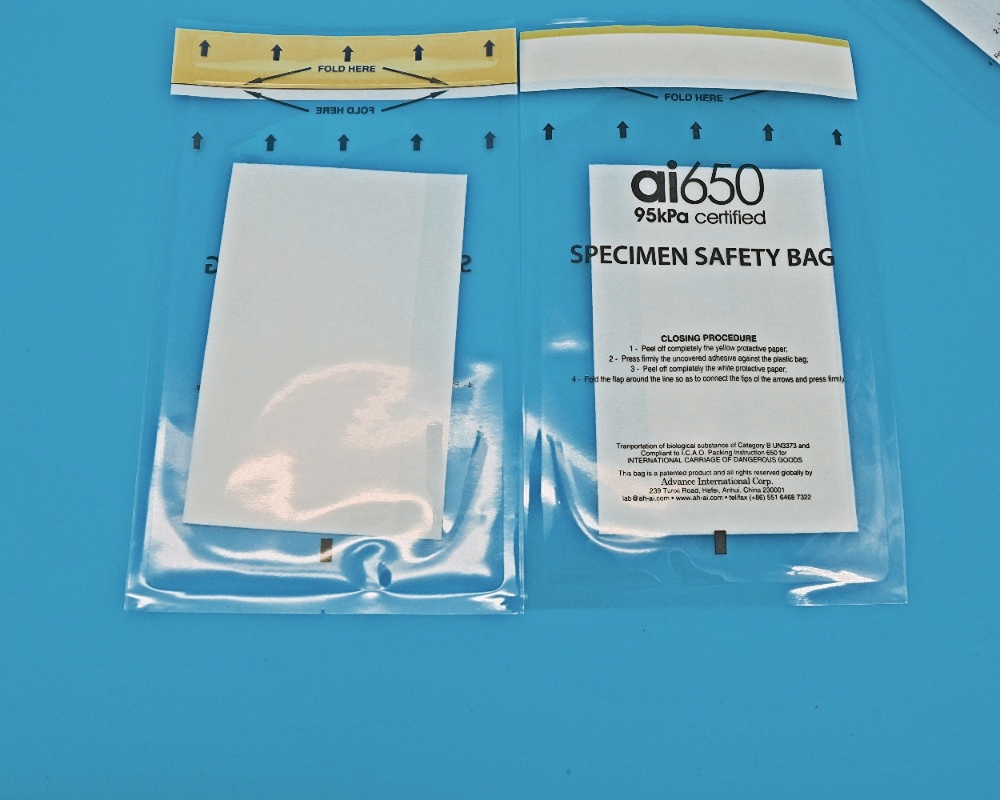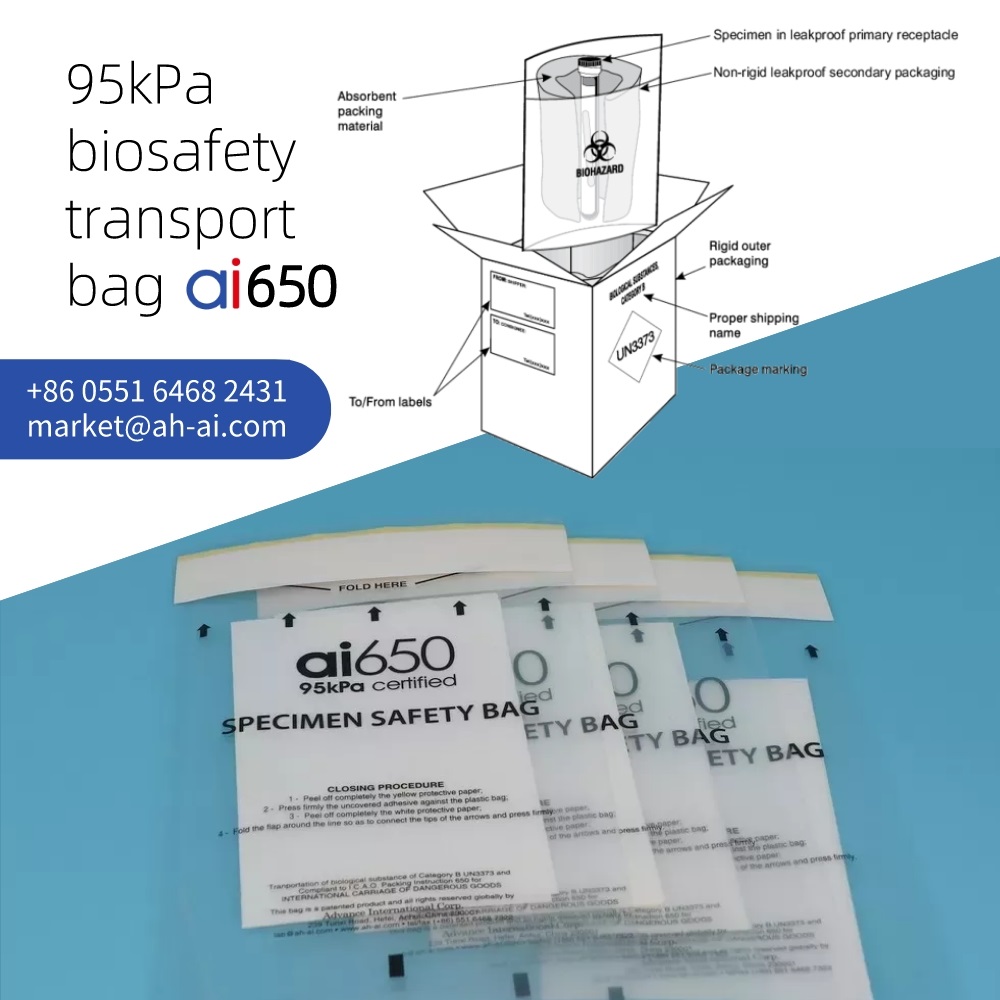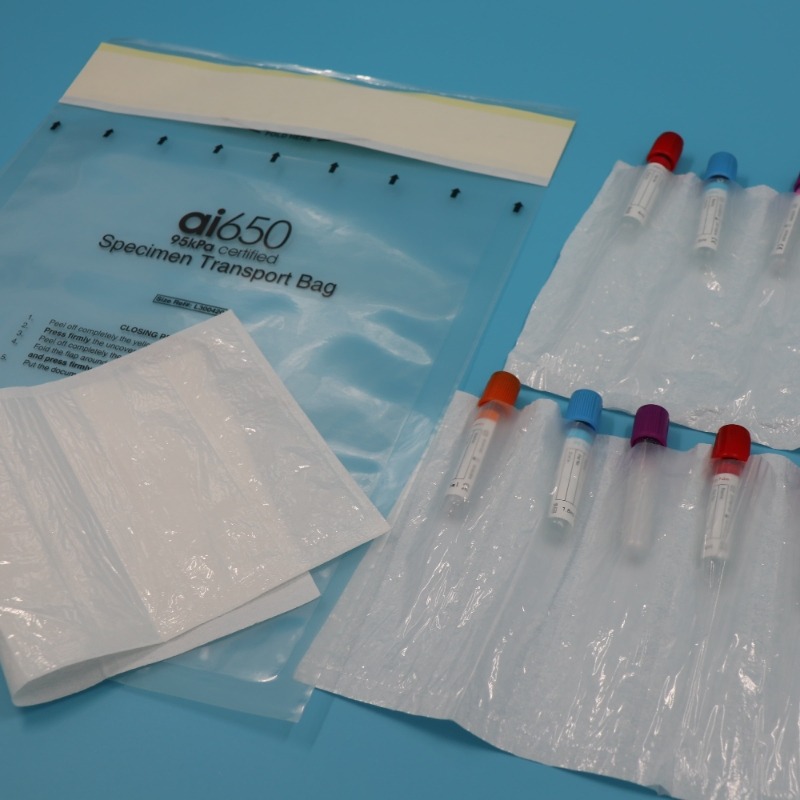In the ever-evolving landscape of medical diagnostics, the precision of test results is non-negotiable. The journey of a biological sample from patient to laboratory is fraught with potential pitfalls that can compromise the integrity of the sample and, consequently, the accuracy of the diagnosis. Two indispensable tools in this critical process are the blood collection tubes used for specific tests like HbA1c and the ai650 specimen bag, designed for the safe transportation of these samples. This article explores the significance of these tools and best practices to ensure reliable diagnostic outcomes.
Understanding HbA1c Testing and Sample Collection
HbA1c, or glycated hemoglobin, is a cornerstone in the management of diabetes. It provides a snapshot of average blood glucose levels over the past two to three months, offering invaluable insights into a patient’s long-term glucose control. Accurate HbA1c measurements are essential for diagnosing diabetes, monitoring treatment efficacy, and adjusting therapeutic strategies.
For accurate HbA1c testing, blood samples must be collected using specific tubes that prevent clotting and preserve the integrity of the sample. According to leading diagnostic laboratories like Labcorp, the recommended tubes for HbA1c testing include:
- Lavender-top (EDTA) tubes: These contain ethylenediaminetetraacetic acid (EDTA), an anticoagulant that prevents blood clotting by binding calcium ions.
- Green-top (lithium heparin) tubes: These use lithium heparin as an anticoagulant, suitable for certain plasma-based tests.
- Gray-top (sodium fluoride) tubes: These contain sodium fluoride to preserve glucose levels, which is critical for tests sensitive to glucose degradation.
These tubes ensure that the blood sample remains stable during transport and storage, minimizing the risk of erroneous results due to hemolysis or clotting. For instance, EDTA prevents blood from clotting, while sodium fluoride preserves glucose levels, which is particularly important for certain tests. The sample must be free of clots, and for pediatric patients, special EDTA tubes may be used. It’s also important to maintain the specimen at room temperature and transport it promptly to the laboratory to avoid degradation.
| Tube Type | Additive | Purpose |
| Lavender-top | EDTA | Prevents clotting for whole blood tests |
| Green-top | Lithium Heparin | Anticoagulant for plasma-based tests |
| Gray-top | Sodium Fluoride | Preserves glucose levels |
Proper collection procedures are vital. The sample must be drawn using standard venipuncture techniques, ensuring no hemolysis occurs, as this can alter test results. Additionally, samples should be labeled accurately with patient information and test requirements to prevent mix-ups.
The ai650 Specimen Bag: Ensuring Safe Transportation
Once the sample is collected, its safe passage to the laboratory is paramount. This is where the ai650 specimen bag, a patented product by Advance International, steps in. Engineered to meet the rigorous demands of international air transport, the ai650 bag is a testament to innovation in specimen transportation.
Key features of the ai650 specimen bag include:
- Pressure Resistance: Capable of withstanding a 95kPa pressure differential, ensuring it remains leak-proof during air travel, as required by IATA regulations.
- Temperature Resilience: Can endure temperatures ranging from -40°C to +55°C (-40°F to +131°F), safeguarding samples during transit in various climates.
- Absorbent Capacity: Equipped with an absorbent pocket sleeve that can hold up to 200ml of liquid, preventing spills and contamination. The sleeve can accommodate up to seven cryogenic vials or tubes with a maximum diameter of 25mm.
- Robust Construction: Made from a custom film structure with a strong adhesive closure and continuous seal, ensuring it is liquid-tight and tamper-evident.
- Regulatory Compliance: Adheres to ICAO Packaging Instruction 650 and CFR 49 Parts 100 to 195, ensuring it meets all necessary standards for transporting dangerous goods or biohazard materials by air.
| Feature | Details |
| Appearance | White paper + see PLEASE PROVIDE A VALID URL see-through poly film |
| Size of 4 slotted pocket sleeve (4 bay sleeve) | L 191 x W 170 mm (+/-5mm) |
| Internal Size of each bay | L 150mm x W 40mm (+/-1mm) |
| Maximum diameter of tube each bay can accommodate | OD 25mm |
| Minimum Absorbent Capacity | 320 ml (by normal saline, 25 ºC) |
| Temperature Range | -40°C to +55°C (-40°F to +131°F) |
| Absorbent Pocket Sleeve Capacity | Holds 7 cryogenic vials, absorbs minimum 200ml distilled water |
| Packing | 2400 sleeves per outer carton |
| Storage Conditions | Keep in cool, dry place, away from direct sunlight or fluorescent light |
| Closure | Strong adhesive closure with continuous seal, tamper evident, liquid tight |
| Compliance | Meets ICAO Packaging Instruction 650, CFR 49 Parts 100 to 195, IATA requirements for air transport |
The ai650 bag is particularly crucial for laboratories and medical facilities that need to transport samples over long distances or internationally, where adherence to transportation regulations is mandatory. Its ability to hold multiple tubes securely and absorb potential leaks makes it an ideal choice for ensuring sample integrity during transit.
Best Practices for Sample Collection and Transportation
To maintain the integrity of biological samples from collection to analysis, adherence to best practices is essential:
Collection:
- Select the appropriate collection tube based on the test requirements (e.g., lavender-top for HbA1c).
- Ensure accurate labeling with patient details and test specifications.
- Employ proper venipuncture techniques to prevent hemolysis, which can affect test accuracy.
Handling:
- Store samples at the recommended temperature (e.g., room temperature for HbA1c, up to 14 days).
- Avoid exposing samples to extreme temperatures or prolonged storage before transport.
- Ensure samples are free of clots, as clotted specimens may be rejected by laboratories.
Packaging:
- Use secondary packaging like the ai650 bag for enhanced protection, especially for air transport.
- Include absorbent materials and cushioning to prevent damage during transit.
- Ensure all required documentation and labels, such as biohazard symbols and Category B labels, are included.
Transportation:
- Engage a courier service experienced in handling biological specimens.
- Verify that the package is marked correctly and complies with all regulatory requirements, such as IATA Packing Instruction 650 for air transport.
- By following these guidelines, healthcare professionals can significantly reduce the risk of sample degradation, ensuring that test results are as accurate as possible.



